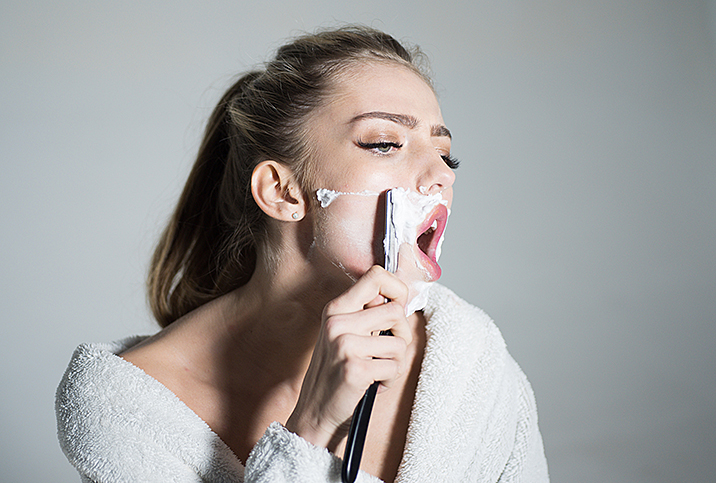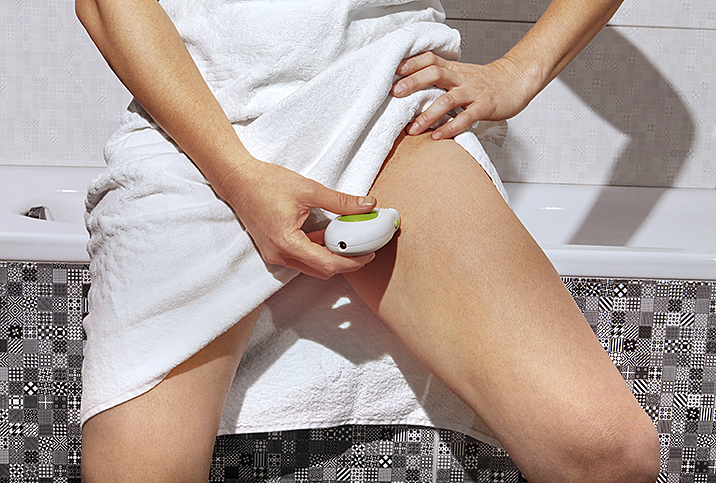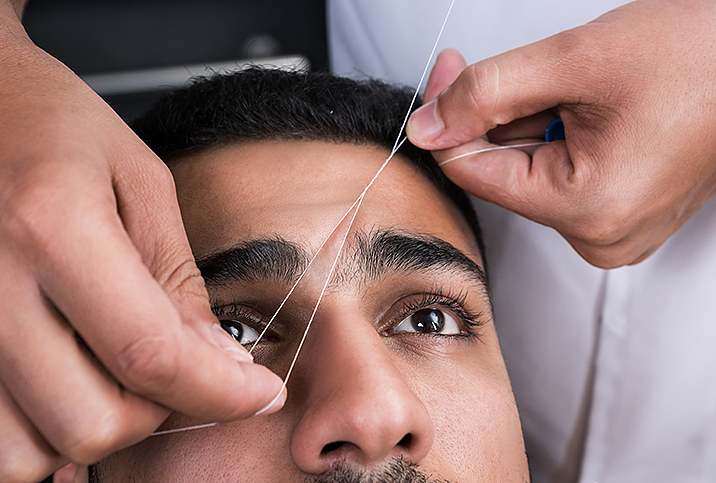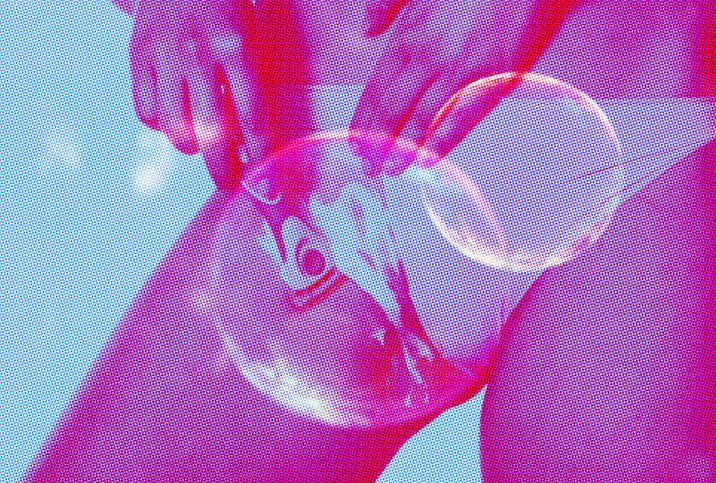7 Tips for Reducing Razor Burn on Your Bikini Line

If you've ever shaved the outer edges of your pubic hair, you're likely familiar with one of the unwanted side effects: razor burn. It can make shaving more painful and cause redness and irritation, which is a particular inconvenience when it's around the crease of your thighs, already a high-friction area.
Many women have stopped shaving due to this pesky problem, but it is possible to get a smooth shave on your bikini area while completely avoiding razor burn. To help bypass the aggravating condition altogether, it's important to understand why razor burn happens in the first place.
Factors leading to razor burn
Irritation to a shaved area of skin is common, but it can be avoided. The factors likely to increase your chances of developing razor burn include:
- Dry shaving (shaving without any water on the skin)
- Shaving without soap or lubricant
- Shaving against the grain (in the opposite direction of your hair's growth)
- Shaving too quickly
- Repeatedly shaving the same area of skin
- Using harsh, fragrant or irritating products when shaving
- Shaving with a dull, old or clogged razor
The same as razor bumps?
Razor bumps are different from razor burn and can be more problematic, as they occur in conjunction with ingrown hairs, which can cause infection.
Here's how it happens: When you shave a hair, the natural end of a strand's shaft is clipped, making it sharp. If the hair is naturally curly, like pubic hair often is, the sharp end may curl inward and embed in the skin. The body then recognizes the hair as a foreign object and reacts accordingly, with inflammation and itching. If the ingrown hair is not resolved, the area can become infected.
Prevent razor burn (and bumps)
Razor burn and razor bumps are common, but both are avoidable with the proper precautions.
1. Trim before shaving
If your hair grows quickly or if it's been a while since you last shaved, trimming your hair's length can help prevent irritation from shaving. As a bonus, you'll save time when shaving and rinsing your razor if there's less hair to tackle.
2. Prep your skin
Your skin will be easier to shave and experience less irritation if you exfoliate beforehand, which can be done easily with a washcloth or a soft loofah, water, and unscented, mild soap. Exfoliating will remove any dead skin and deliver a smoother shave. You don't want to use a heavy-duty exfoliating cleanser or scrub, however, because it can cause irritation.
3. Always lubricate
Using a shave gel, cream or oil is essential when shaving any part of your body, but it's particularly important when shaving your bikini area. Soap may work in a pinch, but shaving creams are designed to reduce irritation and will often offer you a better shaving experience. If you're out of shaving cream, try coconut or olive oil, which will provide more lubrication and protection than traditional soap.
4. Shave in the same direction as hair growth
It may feel more intuitive to shave against the grain in the hopes of getting a closer shave, but doing so can irritate your skin, leading to ingrown hairs and razor burn. Instead, pull your skin taut and slowly begin to shave in the same direction as your hair growth. Once you've done that across your entire bikini region, you can go back for a second pass, this time in the opposite direction of the growth. Going with the grain first and then against it when the hair is mostly gone will give you a closer shave while minimizing the chances for irritation.
5. Go slowly & rinse your blade often
Shaving can be tedious, and if you're in a hurry, it's tempting to do a quick pass and hop out of the shower. Don't. A slow shave will minimize skin redness and razor burn and allow for a close shave. You'll want to keep your blade free of hair. After every pass—maybe two, depending on your hair growth—rinse out your blade and add more shaving cream as needed.
6. Seal your shave with cold water
Once you're done shaving, go ahead and rinse off any leftover cream or hair with warm water. Then, before you get out of the shower, turn the water to cold and rinse again. A cold-water rinse will help tighten your pores and prevent anything from getting in them post-shave.
7. Gently dry & moisturize
After your shower, be sure to lightly pat the area dry with a towel. Avoid rubbing, because it can cause friction and lead to irritation. Once the area is dry, add a small amount of a mild, unscented moisturizer.
Shave last
Finally, make sure you wait to shave. The shower or bath will soften your pubic hair, which will help decrease your risk of irritation. Remember to take your time, use a clean blade and apply shaving cream as needed until you get your desired look.


















